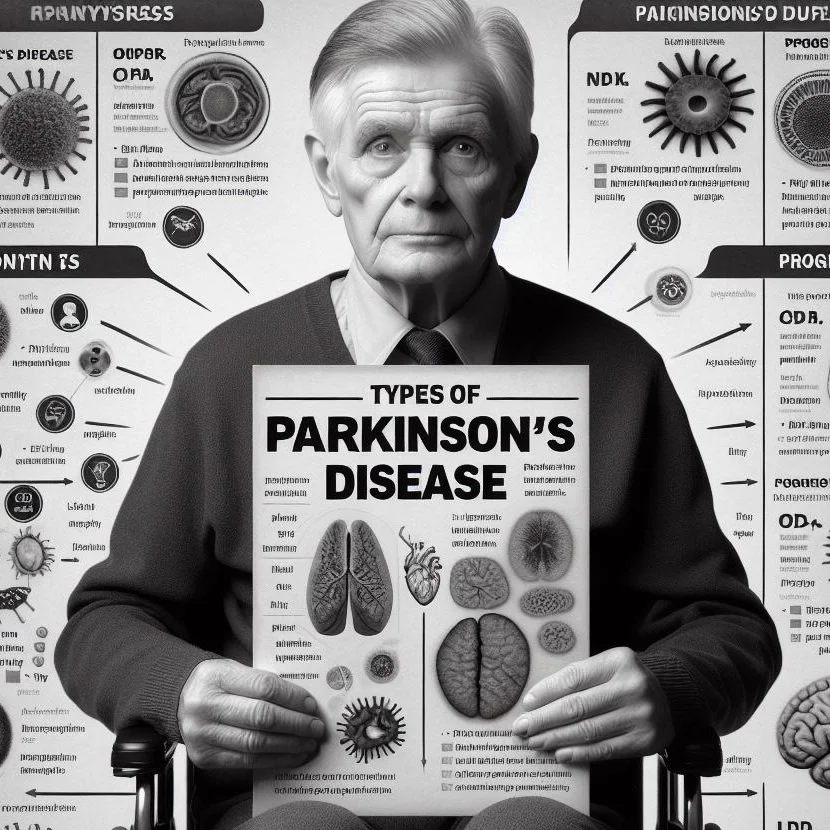Types of Parkinson’s disease
2/5/24, 4 mins reading
Parkinson’s Disease can be loosely divided into 2 types based on its cause: Idiopathic and familial Parkinson’s disease. Please do not confuse it with Parkinsonism, for the difference, go to Parkinsonism vs Parkinson’s Disease
Idiopathic Parkinson’s disease:
This is the most common type accounting for more than 85% of all Parkinson’s disease patients. The cause of this type of Parkinson’s Disease remains unknown. It is believed that both genetic predisposition and environmental factors contribute to it. This type of Parkinson’s disease is more associated with advanced age and The treatment of Levodopa usually works well on this type of patient.
a-Synuclein
“A protein called alpha-synuclein has been involved in this type of Parkinson’s disease. Unusual buildup and improper folding of this protein in the nerve cells in idiopathic Parkinson’s disease patient’s brain lead to the forming of Lewy bodies, which damages and kills nerve cells in the brain eventually”.
Familial Parkinson’s disease
This type of Parkinson’s disease runs in the family. Genetic mutations would be associated with this type and the mutations can pass from generation to generation although the inheritance pattern depends on genes involved. Multiple genes such as SNCA, LRRK2, PINK1, PARK2, and PARK7 have been found associated with this type. This type of Parkinson’s disease accounts for about 15%. Some patients within this group could develop Parkinson’s disease at a very young age: 40 or younger, which can be subgrouped into Early onset Parkinson’s Disease.
Inheritance pattern
”The inheritance pattern of familial Parkinson’s disease depends on Genes. For genes SNCA, LRRK2, one mutation (inherited from either parent)is sufficient to cause Parkinson’s disease (dominant pattern), however, for genes PINK1, PARK2 and PARK7, two mutations (in herited from both parents) are needed to cause Parkinson’s disease (recessive pattern)”.

